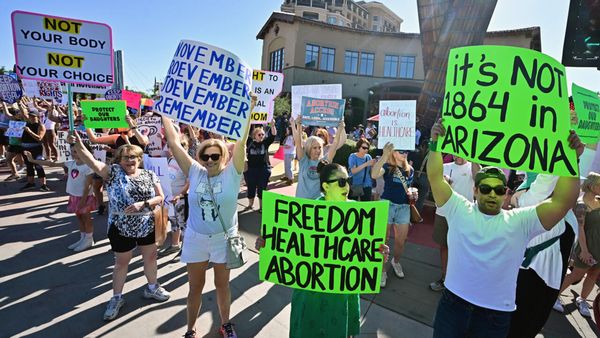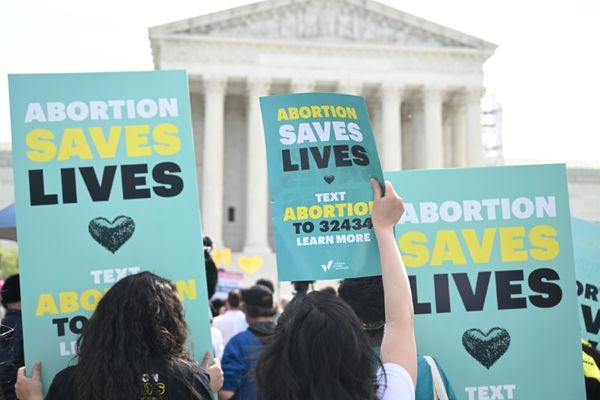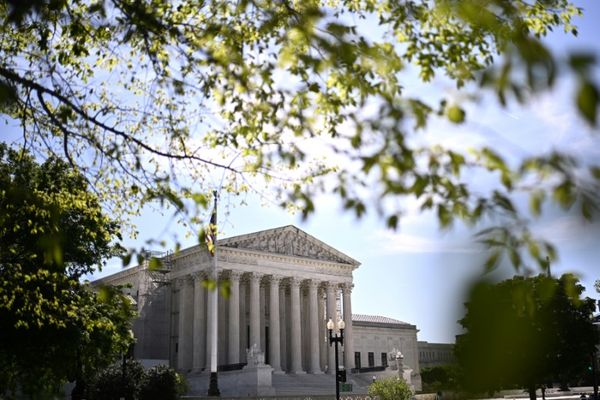Topline
During the third wave of the pandemic in the U.S., areas with low vaccine coverage endured far more Covid-19 cases than highly vaccinated areas, according to a new peer reviewed study published in JAMA Network Open, underscoring the large-scale benefits of vaccination in controlling the virus.

Key Facts
Counties with low vaccination rates had 2.4 times the number of new Covid-19 infections per 100,000 people than counties with high vaccination rates during August 16 to 31, the third wave of the pandemic, according to the analysis of data from Johns Hopkins University.
While the Delta wave originally emerged in highly vaccinated areas, the rate of new infections was less in those places than in areas with low vaccine uptake where the virus’ spread intensified, the researchers found.
The vast majority—more than 80%—of counties with low vaccination rates were in rural areas, which the researchers said face many challenges in responding to the pandemic compared to urban areas.
Rural communities have been “characterized by vaccination hesitancy, limited vaccine availability, and hospital staff shortages” that influenced the success of the immunization campaign, the researchers wrote, and many have lower resources for health care than urban communities.
The researchers said the findings suggest the coronavirus could be successfully contained around the country by boosting response efforts in rural areas and smoothing out vaccination rates across the country.
What We Don’t Know
Whether something else explains the finding. The researchers said the study’s population-level approach could mean other important factors that might explain the difference aren’t accounted for. For example, the different restrictions various states put in place could have helped prevent the spread of the virus or those in urban communities may be more likely to wear masks and distance themselves from others.
Key Background
As well as experiencing far more infections than highly vaccinated areas, areas with low vaccine uptake had far more people being hospitalized with and dying from the virus. Significant disparities in vaccination persist across the U.S. since the delta-driven wave covered by the study, and while the focus on new infections is less relevant today—the now-dominant omicron variant is better able at skirting the protection provided by vaccination and previous infection—experts universally agree vaccination is one of the best ways to protect against the coronavirus. Despite high numbers of vaccinated people contracting omicron, they are significantly less likely to do so than unvaccinated people—three times less after three doses of an mRNA vaccine like Moderna or Pfizer, according to a recent study—and are much less likely to get seriously ill and die from the disease.
Further Reading
What You Need To Know About How Well Vaccines Protect You Against Omicron (Forbes)







